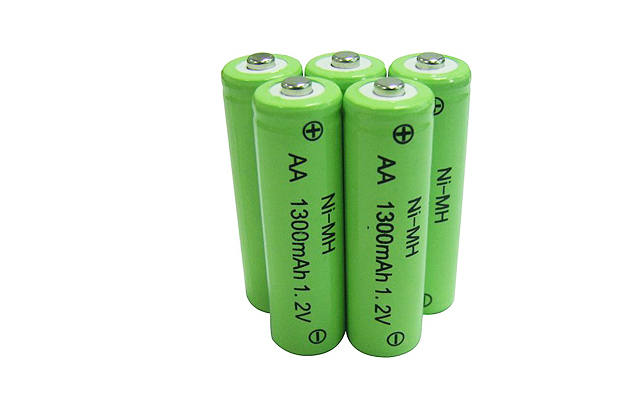When the low-temperature lithium battery short-circuits the needle or squeezes out, it will cause the internal barrier to break, causing the temperature to rise suddenly, especially the low-temperature lithium battery with poor insurance. This time it will be shorter, usually about 5 seconds. The so-called thermal shock is a sudden increase in the ambient temperature.If the temperature is high, it will cause the decomposition and heating reaction of the SEI film of the negative charge of the low-temperature lithium battery.
If the battery does not dissipate heat well, the internal temperature will increase rapidly, causing deflagration. If the low-temperature lithium battery is charged, the right amount of electricity will be converted into heat energy, resulting in an increase in battery temperature. This is usually produced in some unmaintainable chargers or electronic products. Cryogenic lithium batteries have so many problems.Of course, there must be sufficient insurance.
Manufacturers usually use three common insurance methods,
One is that heat-sealed barriers may ensure that the barriers are quickly bonded during acupuncture or extrusion to avoid internal chemical reactions.
Secondly, with the increase of temperature and the increase of resistance, when there is a problem with the battery, the resistance will increase, thereby reducing the current and ensuring the insurance of the battery.
Third, if the pressure in the battery increases, the safety valve will burst and release the internal pressure to ensure that the battery will not. It is true that manufacturers have adopted some insurance methods to ensure the insurance of the battery, but when we use it, we should also pay special attention to the equipment that can replace the battery. Try to insist on ventilation and heat dissipation in the original battery and charging, especially on mobile phones, do not charge in bed to avoid batteries.
https://www.custom-battery-packs.com:Custom Battery Packs Battery Packs Custom Batteries

